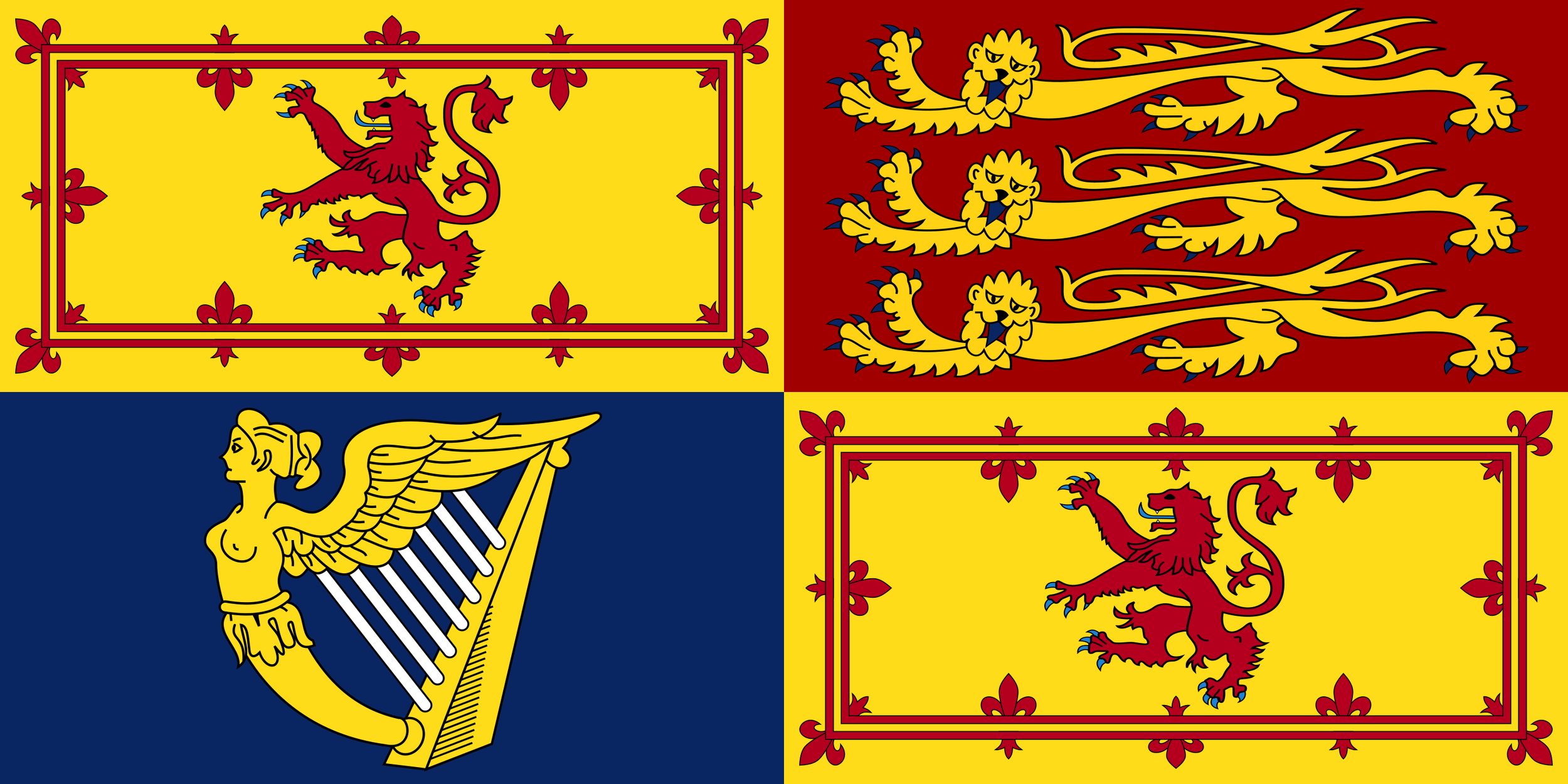Why did our ancient chiefs adopt a lion – a non Scottish creature –
as a symbol and coat of arms?
1.Origin
Royal emblems depicting lions were first used by Danish Vikings, and Germanic Saxons around the 5th century. They were re-interpreted in a Christian context in the western kingdoms of Gaul and Northern Italy.
The lion represents: majesty, strength, courage, justice and military might.
In almost every culture the lion was also present. Hittites, Assyrians, Babylonians, Persian and many early islamic cultures. It’s not hard to understand, after all the lioness is a dedicated mother and ruthless hunter, the male lion a majestic animal that defends his pride with fury. A good role model for early civilisations.
Ironically, lions did actually roam the UK but died out in the UK around 14,000 years ago. Their extinction coincides with the point humans were getting into farming as the ice retreated from northern hemispheres. The lions on coat of arms or shields represent all that make lions seem so mighty.
Depiction of the Eurasian cave lion
2. English lions
William I (AKA William the Conqueror c. 1028 – 1087) used two lions on a red background as his coat of arms and brought this symbol to the English throne.
Richard the Lionheart great seal
Richard I (AKA Richard the Lionheart, 1157 - 1199) first great seal shows one lion rampant (standing). The seal only depicts half Richard’s shield, as he is facing sideways, making it likely there was a second lion on the other half of the shield facing the first lion, probably fighting with it.
Richard I clearly liked lions far more than he did England, which he barely visited, spending most of his time fighting in the crusades and in France.
The second Great Seal of King Richard the Lionheart, used by his successors until 1340
During his reign as king (1189) he introduced three lions passant as the royal arms. The three lions is thought to represent Richard I's principal three positions as King of the English, Duke of Normandy, and Duke of Aquitaine.
The blazon of the arms of Plantagenet is: “Gules, three lions passant guardant in pale or armed and langued azure” ie: three identical gold lions with blue tongues and claws, walking past but facing the observer, arranged in a column on a red background”.
Although the blue tongue and claws is not cited in many blazons, they are historically a distinguishing feature of the arms of England.
This coat of arms has not altered since it took a fixed form in the reign of Richard I of England, the second Plantagenet king.
After the Union of the Crowns in 1603, when the Kingdom of England and the Kingdom of Scotland entered a personal union, the arms of England and Scotland were marshalled (combined) in what has now become the royal coat of arms of the United Kingdom.
The three lions shield can be seen today on the England football team kit and is recognised around the world.
English Cricket team logo
3. Scottish lion
Although Richard I employed a Lion Rampant early in his campaigns it is now commonly known as a Scottish incantation.
Its use in Scotland originated during the reign of Malcolm III (1058–1093). The earliest recorded use of the Lion rampant as a royal emblem in Scotland was by Alexander II in 1222.
This became the Royal Banner of Scotland:
Royal Banner of Scotland
The Royal Banner of Scotland is used officially at the Scottish royal residences when the Sovereign of the United Kingdom is not in residence (AKA The Queen).
As the personal banner of the King or Queen of Scots, use of the Royal Banner of Scotland is restricted under the Act of the Parliament of Scotland 1672.
Fines have been issued for flying this flag. However, dispensation has been given to use this flag as a handwaver at sporting events involving the Scottish football teams in Scotland. Despite such action, the flag continues to feature on a variety of merchandise and souvenirs produced commercially for Scotland's economically important tourism industry.
The Scottish version of the Royal Standard of the United Kingdom is flown when the Monarch is present at a residence/building in Scotland.
The Royal Standard used by the Sovereign of the United Kingdom when in Scotland.
The Royal Coat of Arms of the United Kingdom incorporates both the Plantagenet three Passant lions for England and the Rampant Lion of Scotland.
Royal coat of arms of the United Kingdom used by the Sovereign of the United Kingdom when in Scotland.
4. The connection to Buchanan
Clan Buchanan adoption of this royal symbol and our connection to Scottish monarchy follows 3 events:
1421 - The Battle of Baugé in which Sir Alexander Buchanan (son of the Chief) killed the Duke of Clarence (second son of King Henry IV of England).
1425 – Execution of Murdoch Stewart, Duke of Albany for treason, by King James I of Scotland.
1443 – Marriage of Isobel Stewart (daughter of Murdoch Stewart) to Sir Walter Buchanan.
These arms reflect those of Scotland’s Royal family with the Rampant Lion’s tincture (colour) changing from Gules (Red) to Sable (Black).
Sir Walter buchanan: our 12th Chief adopted the arms described in the Scots Roll, c1455, 'Or, a lion rampant Sable goutty Or within a double tressure flory counter-flory Sable', which contains many of the elements of the arms registered by John Buchanan in 1657, the coat of arms we recognise today.
“Goutty Or” translates to “Golden Tears” reflect the passing of the chief without heir.
The Coat of Arms of our chief:








